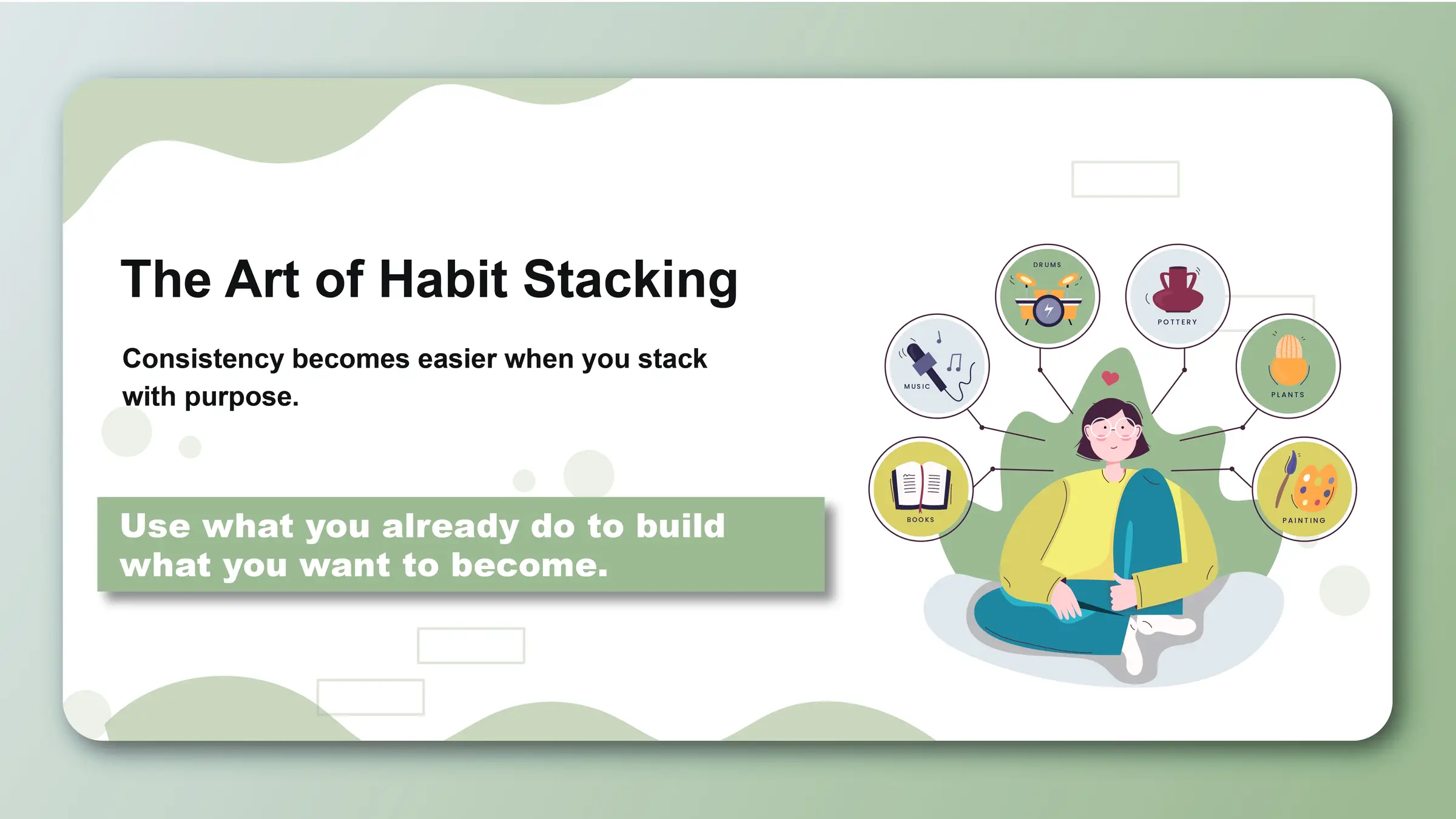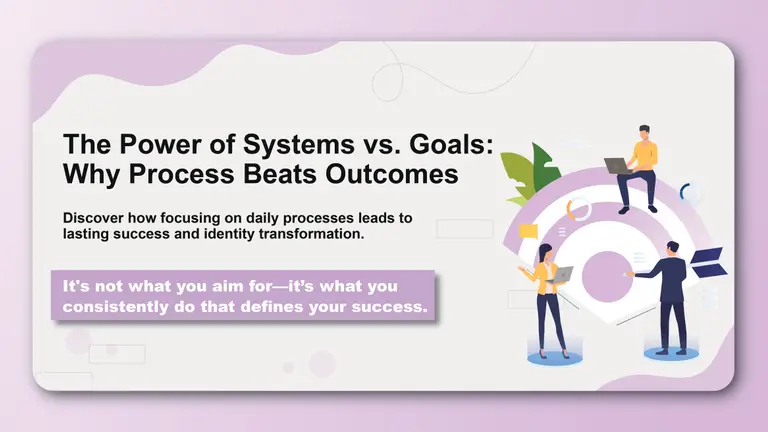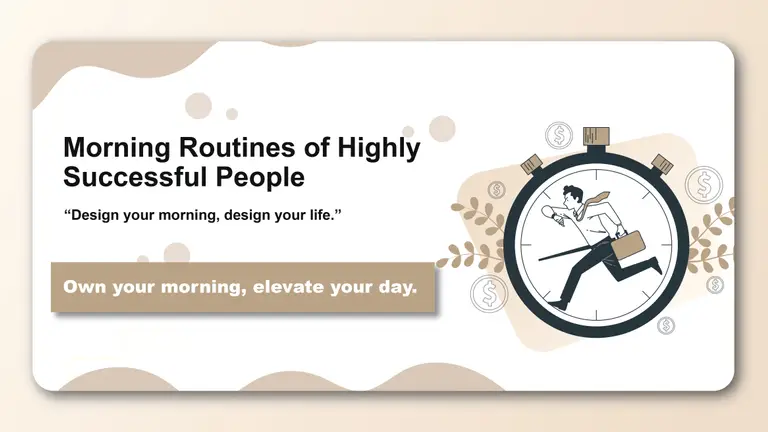One of the most effective strategies for building new habits is "habit stacking." Coined by James Clear in his bestselling book "Atomic Habits," this technique involves linking a new, desired habit with one you already do every day. This simple but powerful method can help you seamlessly integrate new behaviors into your routine.
The Science Behind Habit Stacking
Your brain is incredibly efficient. When you repeat an action over and over, your brain builds strong neural pathways for that behavior, turning it into an automatic habit. Habit stacking leverages these existing pathways. Instead of trying to build a new habit from scratch, you "stack" the new behavior on top of an established one.
The formula is simple: After/Before CURRENT HABIT, I will NEW HABIT.
By linking the new habit to a trigger that's already firmly rooted in your brain (your current habit), you increase the likelihood that you'll remember and perform the new action.
Step 1: Identify Your Current Habits
The first step in creating a habit stack is to become aware of your existing daily routines. Take a piece of paper and list out the things you do every day without fail. For example:
- Wake up
- Make the bed
- Brush my teeth
- Pour a cup of coffee
- Take a shower
- Get dressed
- Eat breakfast
- Commute to work
- Start my computer
- Eat lunch
- Finish work
- Change out of work clothes
- Eat dinner
- Brush my teeth
- Get into bed
This list is your palette for creating habit stacks.
Step 2: Build Your Stack
Now, you can start adding new habits to your existing ones. The key is to be very specific about the new habit and to make it small and easy to do, especially at the beginning.
Here are some examples of habit stacks:
Morning Routine Stack:
- After I pour my morning cup of coffee, I will meditate for one minute.
- After I meditate for one minute, I will write down one thing I'm grateful for.
- After I write down one thing I'm grateful for, I will plan my top 3 priorities for the day.
Health & Fitness Stack:
- After I take off my work shoes, I will immediately change into my workout clothes.
- After I change into my workout clothes, I will fill up my water bottle.
- After I fill up my water bottle, I will drive to the gym.
Evening Routine Stack:
- After I finish washing the dinner dishes, I will wipe down the kitchen counters.
- After I wipe down the kitchen counters, I will lay out my clothes for tomorrow.
- After I lay out my clothes for tomorrow, I will read one page of a book.
Best Practices for Habit Stacking
- Be Specific: A vague plan like "I will read more" is hard to implement. A specific plan like "After I brush my teeth at night, I will read one page of a book" is actionable.
- The Trigger Should Match the Context: If you want to build a habit of doing pushups, stacking it after you pour your morning coffee might not be the best fit. Stacking it before you take your morning shower makes more sense.
- Start Small: A new habit should feel easy. You can always expand it later. The goal is to establish the routine first. "Read 50 pages" is intimidating; "read one page" is easy.
Conclusion: Stack Your Way to Success
Habit stacking is a powerful strategy because it uses the momentum of your existing habits to build new ones. By carefully choosing your triggers and making your new habits small and specific, you can design a routine that sets you up for success. What is one small habit you can stack on top of an existing routine today?



